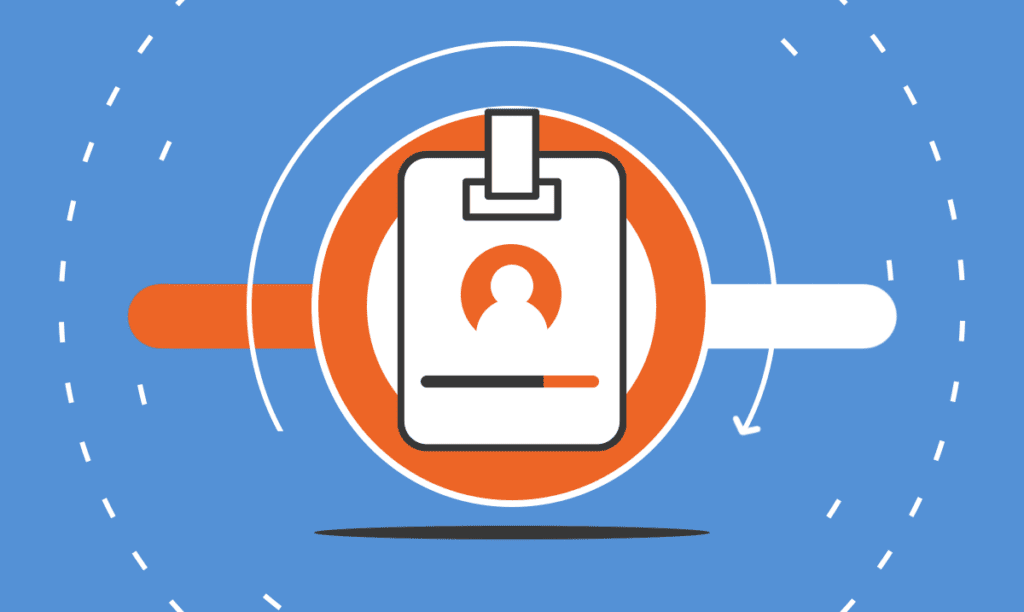“What’s in a name?” Shakespeare famously pondered, but in the business world, the answer is straightforward: everything. Didyo ...
Learn How to Form a Partnership Using These 7 Steps
Written by: Carolyn Young
Carolyn Young is a business writer who focuses on entrepreneurial concepts and the business formation. She has over 25 years of experience in business roles, and has authored several entrepreneurship textbooks.
Edited by: David Lepeska
David has been writing and learning about business, finance and globalization for a quarter-century, starting with a small New York consulting firm in the 1990s.
Published on February 14, 2023

If you and one or more people are starting a business, you may want to form a partnership. But this is not a step to be taken lightly, as you’ll have to share management and decision making.
Hopefully, you know your partners well and are able to trust them. But if not, you may want to perform a bit of due diligence to make sure you’re making a wise move.
When you are ready to go ahead, forming a partnership involves several steps, which are all laid out for you and fully explained in this handy guide.
1. Select a Type of Partnership
There are three main types of partnerships.
General Partnership
A general partnership is simple to form and rarely requires registration with the state. All partners in a general partnership have an active management role. The partners and the partnership are one and the same, and profits of the business pass through to the partners based on their ownership percentages to be reported on their personal tax returns. However, much like in a sole proprietorship, because the partners and the partnership are one and the same, the partners are liable for the debts and obligations of the business. Thus, if the business is sued or fails to pay its debts, the partners’ personal assets are at risk.
Limited Partnership
In a limited partnership, some partners are limited partners, meaning passive investors in the business with no management role. Other members are designated as the managing, or general, partners of the partnership. The active partners are liable for the debts and obligations of the business, while limited partners are not. Limited partnerships are still pass-through entities, so profits, again, pass through to the partners to be reported on their personal tax returns. Limited partnerships must be registered with the state for the personal liability protection of limited partners to apply.
Limited Liability Partnership (LLP)
An LLP is registered with the state and has certain filing and reporting requirements. In an LLP, all partners have an active role in the management of the business, and they are commonly formed by professional businesses such as accounting or law firms. Generally, LLP partners have personal liability protection for claims against the LLP. However, a partner can be personally liable for his or her own mistakes, while the other partners are not. LLPs are not recognized in all states.
2. Select a Partnership Name

Usually, partnership names are a collection of the surnames of the partners, such as “Thomas, Brown, and Root”. If you want to do business under another name, you can register a “doing business as” or DBA name with your state. Every state has its own DBA procedure.
3. Create a Partnership Agreement
No matter which type of partnership you form, you should have a partnership agreement. Some states require one for limited partnerships and LLPs. A partnership agreement defines ownership percentages, partner roles and responsibilities, ownership transfer, partner removal and more. It’s best to have an attorney involved in drafting your partnership agreement.
4. Register Your Partnership (If necessary)
Again, general partnerships do not have to be registered with the state, but limited partnerships and LLPs do. In most cases, you can register your LP or LLP on the website of your state’s secretary of state. Every state has its own procedures and fees. Your state may also have annual reporting requirements.
5. Obtain an EIN

Partnerships are required to have an Employer Identification Number (EIN), which is like a social security number for your business and allows the IRS to identify your business. You can obtain an EIN by applying on the IRS website.
6. Get Business Licenses and Permits
Depending on your state, locality, and type of business, you may need licenses and permits at the federal, state, or local level. Some common licenses and permits include:
- Business operating licenses required by the city or state to allow you to operate.
- Industry-specific licenses, depending on your type of business. Businesses involved in construction, childcare, plumbing, electrical, food and liquor, insurance, finance, landscaping, and architecture all require licensing, for example. In some highly regulated industries, you may require licensing from a federal agency, such as the FDA or Department of Transportation.
- Zoning permits issued by municipalities to ensure you’re operating in an area in which you’re allowed to operate.
- Building permits verifying that the building you’re operating in is up to code. Home occupation permits, which some areas require, allowing you to operate at home.
- DBA permits enabling you to do business under a name that’s not your legally registered business name.
- Sales tax permits allowing you to sell products and collect sales tax.
- Health licenses and permits for certain businesses based on industry, and you will be required to maintain health and safety standards. Environmental permits are also required for certain industries in some locations.
- Fire permits certifying your business is up to code. Depending on location, this may be required for all businesses.
- Sign permits required for your location due to rules about sign size and location.
7. Get Business Insurance
You’ll want to protect your business, so talk to your insurance agent about the coverage you’ll need. Here are some types of insurance to consider:
- General liability: The most comprehensive type of insurance, acting as a catch-all for many business elements that require coverage. If you get just one kind of insurance, this is it. It even protects against bodily injury and property damage.
- Business Property: Provides coverage for your equipment and supplies.
- Equipment Breakdown Insurance: Covers the cost of replacing or repairing equipment that has broken due to mechanical issues.
- Worker’s compensation: Provides compensation to employees injured on the job.
- Property: Covers your physical space, whether it is a cart, storefront, or office.
- Commercial auto: Protection for your company-owned vehicle.
- Professional liability: Protects against claims from a client who says they suffered a loss due to an error or omission in your work.
- Business owner’s policy (BOP): This is an insurance plan that acts as an all-in-one insurance policy, a combination of the above insurance types.

In Closing
Starting a partnership is a major business decision that involves a handful of significant steps to complete. Be sure not to overlook any of them to ensure your business gets off on the right foot. It’s a good idea to have an attorney involved to make sure the interests of all partners are protected.
Subscribe to Our Newsletter
and gain insider access to cutting-edge business insights and trends.
Featured Resources

How to Come Up with a Business Name
Published on October 17, 2023
Read Now

5 Reasons Why Entrepreneurship Is Important
Published on January 22, 2023
November is the US’ National Entrepreneurship Month and in 2022 the president celebrated “the doers, dreamers, and job creators whose vision and ...
Read Now

Entrepreneur vs. Small Business Owner
Published on January 22, 2023
The common assumption is that anyone who starts a business is an entrepreneur. From the owner of a cafe or a dry cleaners to the founder of asoftwar ...
Read Now
Comments